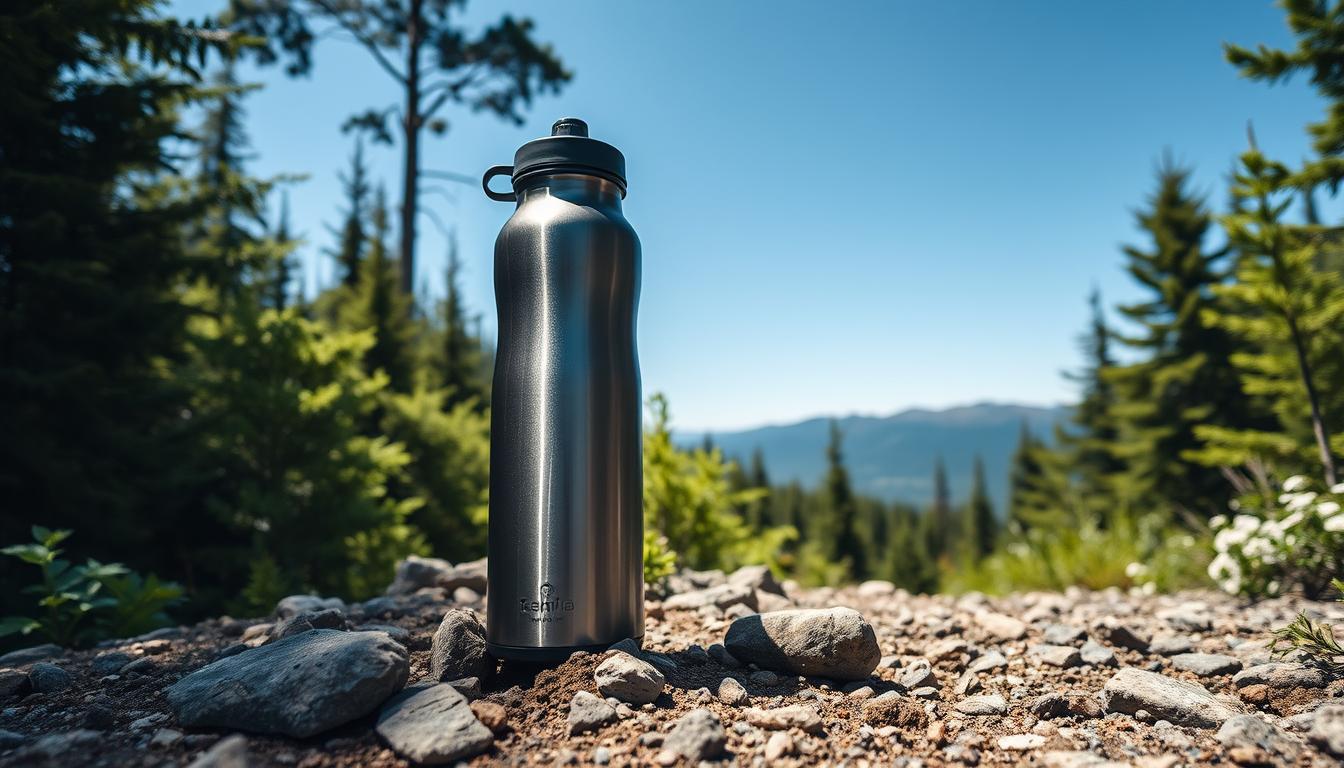Have you ever thought about how artisan bakers are capable of making such round loaves that too every single time? Yes, they have done a lot of practice but they also use a proofing basket that helps them achieve these perfect round loaves.

Proofing baskets also known as Banneton are not just for professional bakers, one can also use them at home and for making bread loaves at your place. A banneton is also known as a bread proofing basket. They are easily available in the market in various shapes and sizes. If you want to prepare perfect round bread loaves every single time then having a proofing basket is a must. However, just buying a Banneton isn’t the only thing here. You should know how to use a proofing basket. It is not a very easy task but also not very difficult.
Bannetons are made using natural materials like cane and line wicker. It helps to make the crust on the dough and bread. It also helps to reduce moisture in the dough. Some people line their proofing basket using linen. This will help you to get a good texture and pattern to the bread. If you do not line the basket lining will be seen on the dough you prepare.
Today we are going to look at the step-by-step guide of using a Banneton and also see how to clean it. We will also cover how one should store a Banneton. If you are thinking of buying a Banneton then this article is a must-read for you.
What is a Proofing Basket?
Proofing baskets that are also known as banneton and brotforms are baskets that can be easily found in many different shapes and sizes. They are available in round, oval, and long shapes.

If you want a smooth texture of your bread then you can line your proofing baskets with linen. If you leave them unlined you will get the pattern that your basket has printed on your dough. The gluten soothes as the proof of the dough, which spreads shaped loaves and fades as they rise. The dough is supported by a basket, as demonstrated and prevented.
How to use a Banneton? Step by step guide to assist you in using a Banneton.
A proofing basket or a banneton is very useful in day-to-day life and it has many different uses. Many people who own a banneton or people who are new to it may find it difficult to use it.

Here is a step-by-step guide to help you in using a banneton.
- The first thing is to decide whether you are going to use your banneton with or without a liner. It is up to you to decide whether you are going to use a banneton with a liner or without one.
You will notice a difference in a pattern on your dough with a liner. If you want your dough to be perfect and have a proper look then going with a liner will be the choice I would suggest you make. If you want a rustic appearance then going with a banneton without a liner is better.
- The second step here is to condition your banneton. It will require at least 2-3 uses before it will get properly conditioned to match the right moisture and flour levels. Conditioning will help the dough and will prevent it from sticking. It will also help to make sure that the skin of the dough gets protection. To condition your banneton you can try dusting the basket using little flour. You can try doing this one day before proofing. After a certain time when the banneton is used several times, it will start giving the perfect dough with adequate moisture levels.
- The next thing to be kept in mind is pre-shaping your dough before placing it inside the basket. It is very necessary to shape it properly. After you are done doing this you can try sprinkling some flour on the top when you have covered it using a tower. Just let it stay for a while. Again, use the pastry in the form you want before you move the pastry to the test basket. The banneton is then transferred to the refrigerator. Sample it for approximately 3 hours, and bake your batter.
Click here to buy the Best Banneton
https://www.amazon.com/Round-Proofing-Basket-Banneton-Brotform/dp/B006WBMT0K
https://www.amazon.com/Inch-Oval-Banneton-Proofing-Basket/dp/B01MUG8QFJ
How to use a Banneton with linen?
If you are thinking of using a banneton with liner and you have got no idea how to do that then you won’t have to worry because I have covered that too. You can do the following with three simple steps.
- The first thing you’ll have to do is to simply keep the linen over the banneton.
- After this make sure that the linen is properly coated with flour so that the dough getting stuck is prevented.
- If the liner becomes dirty or something spills over it then you only have to rinse it and let it dry properly before using it again.
How to clean a Banneton?
Cleaning your banneton is necessary but it is not necessary to clean it after every usage. It is recommended that one should not let banneton get wet.

If you want to clean your banneton then you’ll have to follow these simple steps.
Dust your Banneton
It is very important to dust your Banneton before using it. You should always dust your banneton every day before using it every day.
Make sure that you do not use the excess dough as it can destroy the banneton’s spiral effect. You should only use the dough as much as it is needed. You can also use rye flour in a banneton as it will help in absorbing a lot of moisture. The moisture will get absorbed from the dough and it will give a proper crust to the dough.
To remove excess build-up
In case there is a lot of mold build-up and it is getting thicker and if you want to clean the banneton then you’ll have to make sure that you don’t use soap while doing so.
If you use soap and brushes it will destroy the natural fibers from the basket. You can use a thin knife in case any hard dough is stuck and left. You can also make use of a metal dough scraper for the same. You can follow the grooves on the banneton and remove anything that is stuck inside the grooves.
To avoid molds
In case there is mold on your banneton you’ll have to put it under the sun for some time.
You can also use an oven and place the banneton in the oven. Set the temperature at 250 degrees F for 45 minutes and let it stay. The warmth removes moisture and hardens any other pulp that prevents the forms. Then the banneton can brush the mold off.
Let it dry properly
It is very important to let the banneton dry properly before using it. If your banneton is wet it can damage it and also the dough.
How to store a Banneton?
Storing a Banneton properly is also very important. To store your proofing basket you will have to follow these simple steps.
- For storing a banneton you will have to use a place where there is proper ventilation and good airflow.
- Also, ensure that bugs don’t get inside and for that, you need to put it upside down.
- If you are going to put it inside a cupboard then you have to remove the debris if any and then let it dry first.
Buying guide for the Best Banneton Basket
Choosing the right banneton will seem to be an easy job, but believe me when I say it isn’t because you’ll have a lot of choices to choose from, which will make things even more difficult.

When you go to the store to buy the ultimate banneton, you’ll notice that several companies advertise items that seem to be the best, which is why you should think of the following factors to determine which one will best fit your needs. If you’re going to buy something, make sure it’s worth it, which is why rigorous research is essential; otherwise, you’ll be frustrated.
Shape
While buying a bread proofing basket it is very important to check the shape. The shape is a major consideration to keep in mind while buying a banneton basket.
When we talk about banneton baskets you will get to see a lot of baskets available in the market with various shapes. You will be able to choose from a variety of shapes like oval, circular, rectangular, triangular, and many others. You can easily choose between them but it is very crucial to keep in mind that the shape of the basket will also decide the shape of your bread so keep in mind the shape of bread you want while deciding for the shape of basket you want to purchase.
Size
Just like shape, size is also a point of concern and one needs to think about it before purchasing a bread proofing basket.
If you buy a basket that is smaller in size then the dough won’t fit in and might overflow while it expands. The most bought and most common sizes of banneton are 8, 9, or 10 inches for round baskets. Around 500 grams of 1 pound of dough can be easily held by an 8 inch basket and when we talk about 10 inch banneton then it can hold up to 1 kg or 2 pounds of dough easily.
It is necessary to think of the size you want keeping in mind the dough. If you are in confusion then buying a bigger basket will be better.
Materials
Materials are one of the most important factors to be considered while buying any product as they decide how strong the product is going to be and they make the product durable.
You need to evaluate the materials that are used for the construction of the banneton. The best material that is for a banneton is a cane. Canes are very popular in bannetons and they are also very robust. They ensure longevity. They also help in providing good design to the dough as well.
The plastic baskets are the most unlikely because they do not permit air circulation. But because of less adhesive, they are good for cleaning.
Wood pulp baskets can also be cleaned as they are less likely to stick like plastic baskets. However, it’s a personal choice to make and it depends on you the type of materials you want still I would recommend making a wise decision after evaluating everything.
Conclusion
A banneton is a very useful tool for those who prepare bread regularly. Buying a Banneton will help you a lot for proofing bread. However, buying isn’t the only thing
You should know everything about banneton on how to use a banneton, how to store and when to use a banneton. Scoring bread is very important for giving it a proper shape. I have mentioned everything about banneton and how to use it. I hope this article was informative and useful.











